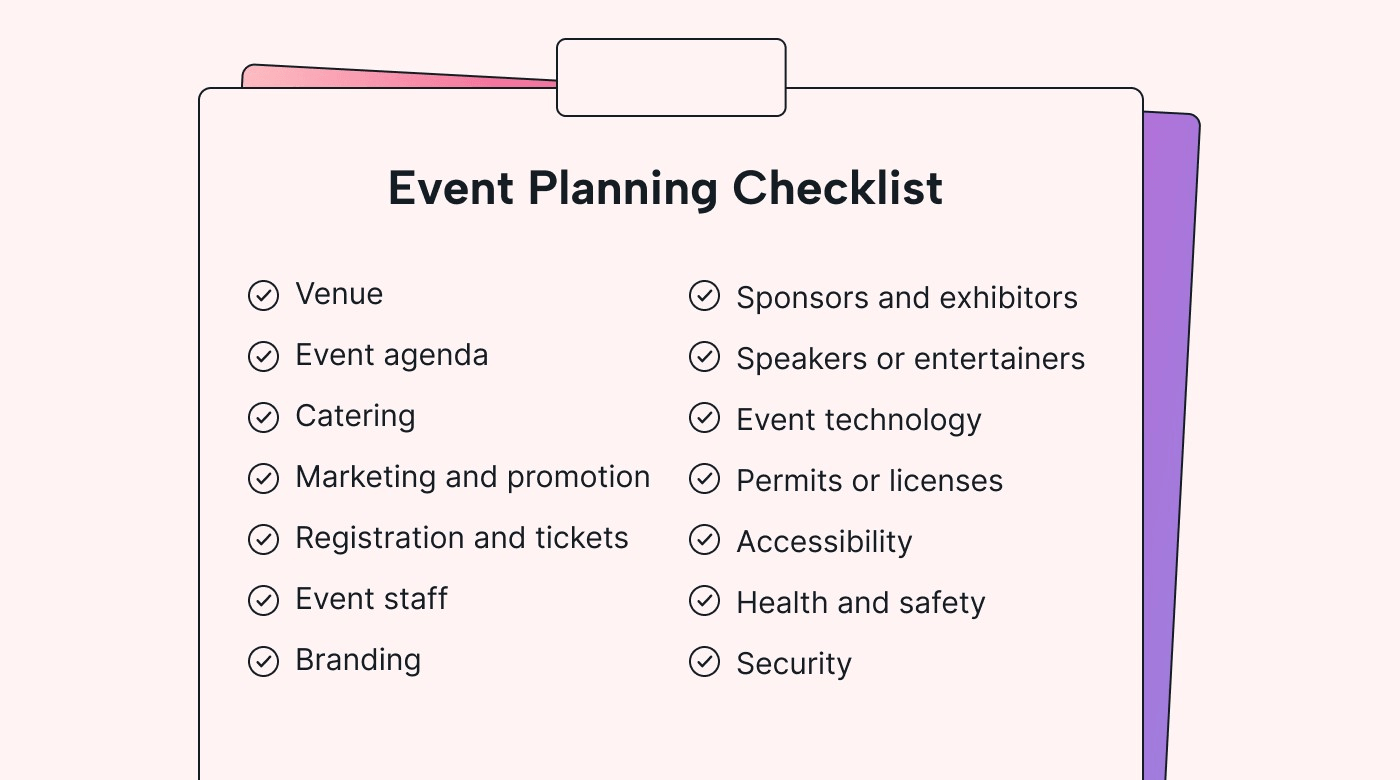How to plan a Repast
A Comprehensive Guide to Planning a Repass: Honoring Loved Ones with Grace and Comfort

Introduction:
In the aftermath of losing a loved one, planning a repass can offer solace and an opportunity for friends and family to come together, share memories, and find comfort in each other's company. However, organizing such an event amidst grief can be overwhelming. In this guide, we'll walk through the essential steps and considerations for planning a repass with grace and care.
Step 1: Understanding the Purpose of a Repast
A repast, also known as a repast or post-funeral reception, is a gathering held after a funeral or memorial service. Its purpose is to provide solace and understanding in a sensitive time, offering a space for mourners to come together, share condolences, offer support, and celebrate the life of the deceased. It's a time for reflection, fellowship, and healing, allowing attendees to find comfort in each other's company.
Step 2: Choosing a Venue
Selecting the right venue is crucial for setting the tone of the repast. Consider factors such as the number of guests expected, accessibility for attendees, and the atmosphere you wish to create. Options may include a community center, church hall, restaurant, or even a private residence. It's essential to choose a venue that provides a sense of solace and understanding, where mourners can gather in a supportive environment.
Step 3: Planning the Menu
When planning the menu, aim for simplicity and comfort. Classic options often include dishes that are easy to eat and universally enjoyed, such as sandwiches, salads, casseroles, and desserts. Be mindful of dietary restrictions and preferences, and consider offering a variety of options to accommodate everyone. Providing comforting food can offer solace to grieving individuals and contribute to the overall atmosphere of understanding and support.
Step 4: Sending Invitations
Send out invitations well in advance to ensure that loved ones have ample time to make arrangements to attend. Include essential details such as the date, time, location, and RSVP information. You may choose to send physical invitations by mail or opt for electronic invitations via email or social media platforms for convenience. Sending invitations with care and sensitivity can help to convey the understanding of the situation's sensitivity and the importance of gathering together for support.
Step 5: Creating a Comfortable Atmosphere
Consider the ambiance you want to create at the repast. Decorate the venue with tasteful floral arrangements, photographs of the deceased, and comforting elements that reflect their personality and interests. Provide ample seating and designate quiet areas for those who may need a moment of solitude. Creating a comfortable atmosphere demonstrates empathy and understanding, allowing mourners to feel supported and cared for during this difficult time.
Step 6: Coordinating Logistics
Plan ahead for logistical aspects such as parking, transportation, and any audiovisual equipment needed for speeches or presentations. Assign roles to trusted friends or family members to assist with greeting guests, managing food service, and ensuring that the event runs smoothly. Handling logistics with sensitivity and understanding can help to alleviate stress for both organizers and attendees, allowing everyone to focus on honoring the memory of the deceased.
Step 7: Offering Support and Resources
Recognize that grief manifests differently for everyone, and some attendees may need additional support during the repast. Have resources available, such as grief counselors or clergy members, for those who may benefit from professional assistance. Encourage open communication and provide a supportive environment for sharing memories and emotions. Offering support and resources demonstrates compassion and understanding, showing that attendees are not alone in their grief and that help is available if needed.
Step 8: Expressing Gratitude
After the repast, take the time to express gratitude to everyone who attended, contributed, or offered support during this difficult time. Sending thank-you notes or messages of appreciation acknowledges the kindness and generosity of those who came together to honor your loved one's memory. Expressing gratitude demonstrates understanding and appreciation for the support received, reinforcing the sense of solace and community that the repast provided.
Conclusion:
Planning a repast requires thoughtful consideration, empathy, and understanding of the sensitivity of the situation. By creating a supportive environment where mourners can come together to share memories, offer support, and find solace, you can help to honor the life of your loved one while providing comfort and healing to all who attend. Through each step of the planning process, demonstrate compassion and sensitivity, recognizing the importance of coming together in times of grief to find strength and understanding in each other's company.










